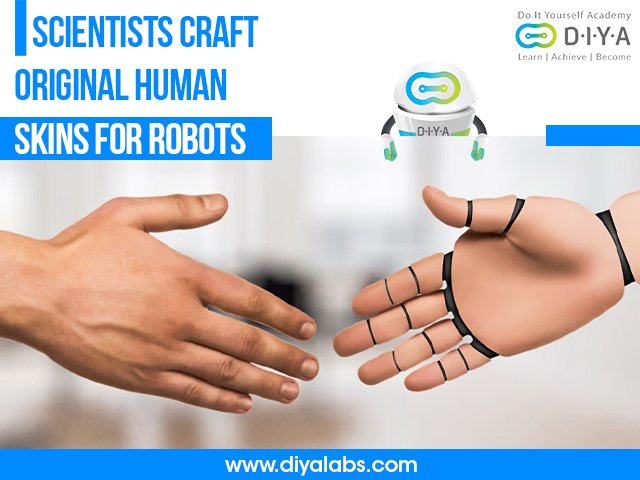Scientists craft original human skins for robots

Scientists craft original human skins for robots
This may seem like science fiction, yet it is happening right now in the world of science and technology. From action heroes to villains, we all want to see our robots become more human-like, and scientists in Japan are working to duplicate human-like traits for robots without the use of artificial parts, such as real-skin or self-healing functions.
A never-before experiment in creating humanoid robots
The fundamental goal of developing humanoid robots is to make them seem like humans. Such robots are frequently used in medical and healthcare systems. Why humanoids? To boost the capacity to have a better relationship for improved communication and assistance. Currently, silicone is used to simulate human-like skin on robots, but this presents a hurdle when it comes to mimicking wrinkles and fine lines observed in a real human face.
How are they even growing real human skin?
Scientists are creating real human skin by immersing the robotic finger in a cylinder filled with a solution of collagen and human dermal fibroblasts, the two major components that make up the skin's connective tissues. Speaking about the first author, Shoji Takeuchi, a professor at the University of Tokyo, Japan, says, “The study's success lies within the natural shrinking tendency of this collagen and fibroblast mixture, which shrank and tightly conformed to the finger." Like paint primers, this layer provided a uniformthis foundation for the next coat of cells -- human epidermal keratinocytes -- to stick to. These cells make up 90% of the outermost layer of skin, giving the robot a skin-like texture and moisture-retaining barrier properties.
As amazing as it sounds, it does come with a glitch
This is not all. To ensure the real human skin stays fresh, it has to have a constant supply of nutrients and waste disposal without which it would cease to stay healthy and dry out. As interesting as it sounds, it looks like some breakthroughs always have a weighing boulder of experiments. What do you think of this? Let us know!